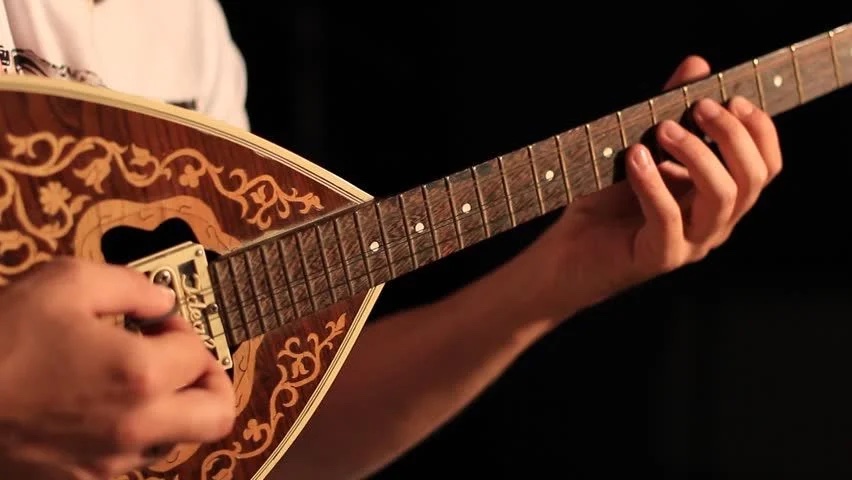Humanity began to communicate long before the writing of spoken languages was invented. In the same way, society also created music before it was transcribed on paper. The oldest form of musical notation dates from a cuneiform tablet found in Nippur, Babylonia (modern-day Iraq), around 1400 BC.
Initially, our ancestors used their voices as musical instruments. Later, they created musical instruments made of wood, animal, and bird bones.
Archaeological evidence supports the idea that art, creativity, and music were part of their lives as the modern human brain evolved.
In this way, the culture of the nations was created. How many kinds of music have appeared in different eras?
Then, the musical traditions were passed down from generation to generation. Music is constantly evolving, as are musical instruments, music types, and musicians.
The definition of a musician is someone who has musical talent. A skilled musician is a professional performer, composer, or conductor of music – or a simple instrumentalist without musical training.
Even today, most musicians play “by ear” without using written or transcribed music. Most world-renowned artists do not know how to read music and do not know what music theory involves. But most of them were born and raised in a musical environment. Others, in some cases, have had the opportunity to become experts in this type of music that they represent entirely by chance or from a source of talent.
Some generations have wanted to understand the ideas behind sounds better, and in this way, music theory has evolved. Music theory is a set of instructions and practices used to find different ways of expressing emotions through sound. The benefit of music theory is that it helps us interpret musical compositions, communicate with other musicians, and create and understand music clearly and distinctly.
The ancient Greeks came up with some ideas. The crucial personalities in the theory of ancient Greek music were Pythagoras the Samian (c. 570 – c. 495 BC) and Aristoxenus (c. 375 – c. 304 BC).
The stave notation first appeared in the 9th century. Many different types of music notation have been invented, and some, such as the tablature, you still use (look at how to learn the guitar). However, the most common way to write music is through the stave, also known as five horizontal lines and four intervals. In today’s reality, this type of written music is so common that you call it “common notation”.
Nowadays, music is for everyone. You do not have to lean towards music to become a musician. The way to become a musician is to explore the hidden mechanisms of music and, understand how it works with common sense is now easy. Reading music means that you can see and understand the structure of the piece and the way you assemble it, allowing you to understand the whole composition better. Based on this mentality, conservatories are evolving even today.
Rebetika and folk music of Greece were inspired and influenced by the music of Byzantium and by the Greeks who lived in the coastal cities of today’s Asia Minor during the Ottoman era. With the destruction of Smyrna, rebetiko came to mainland Greece, which is prospering until today.

